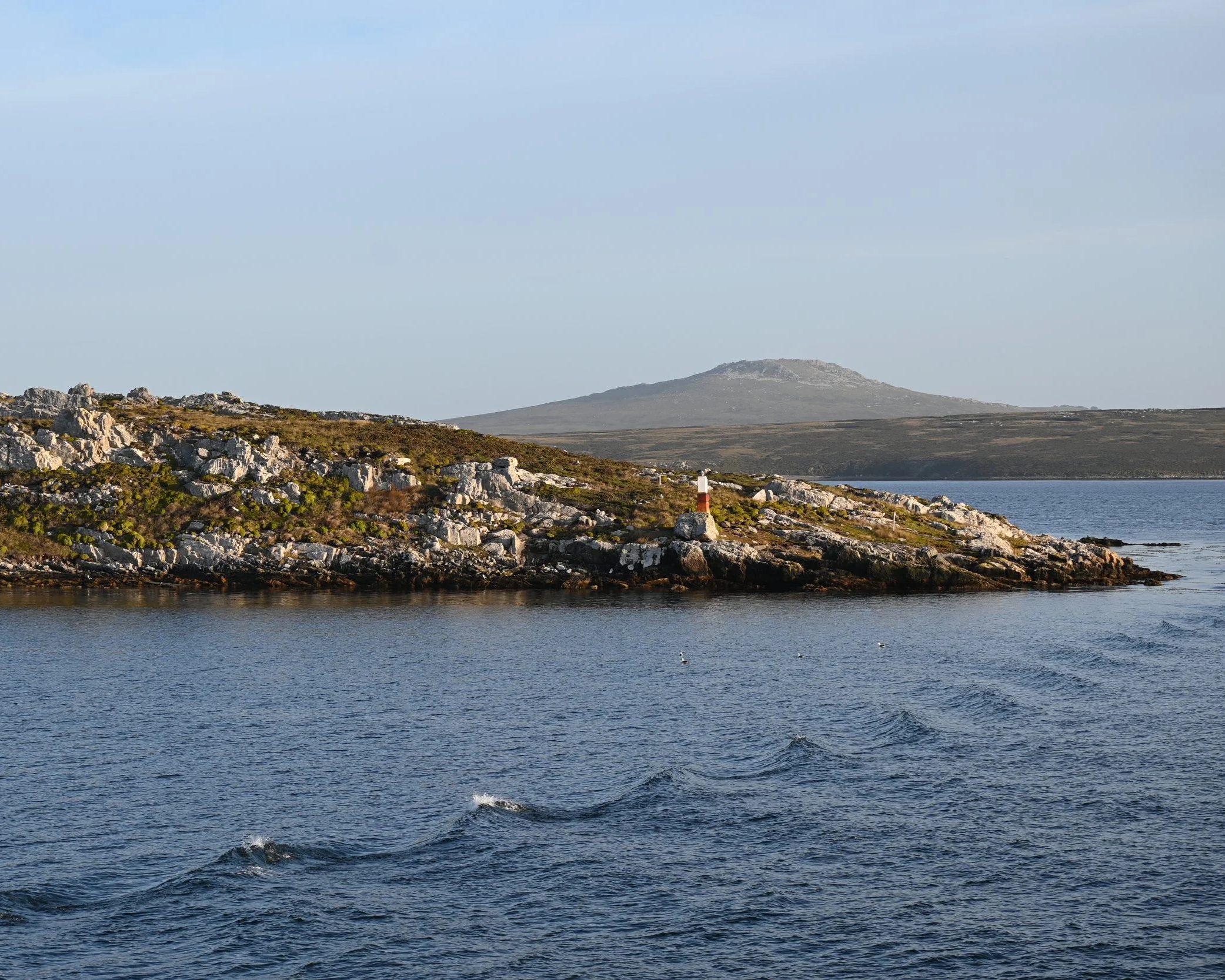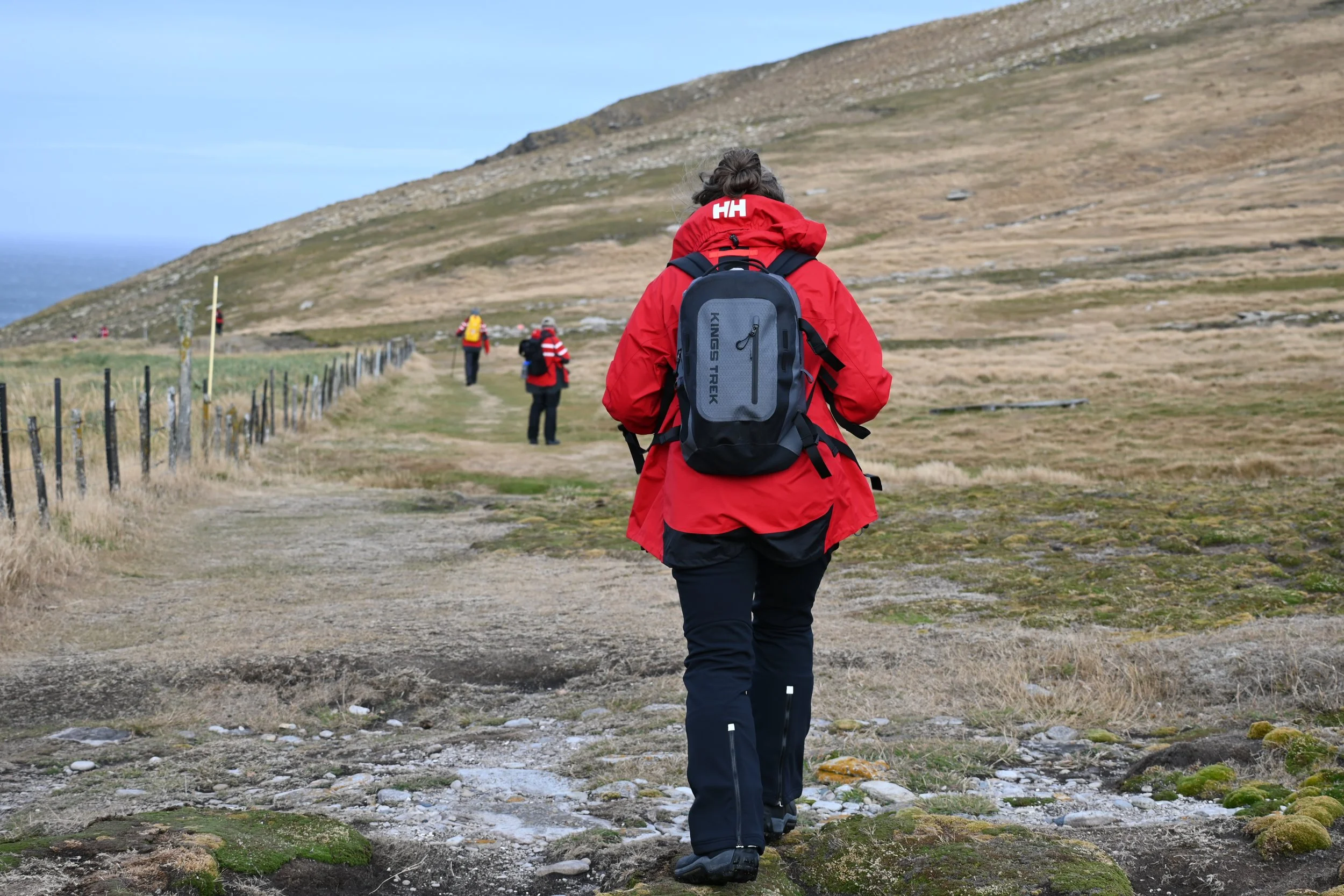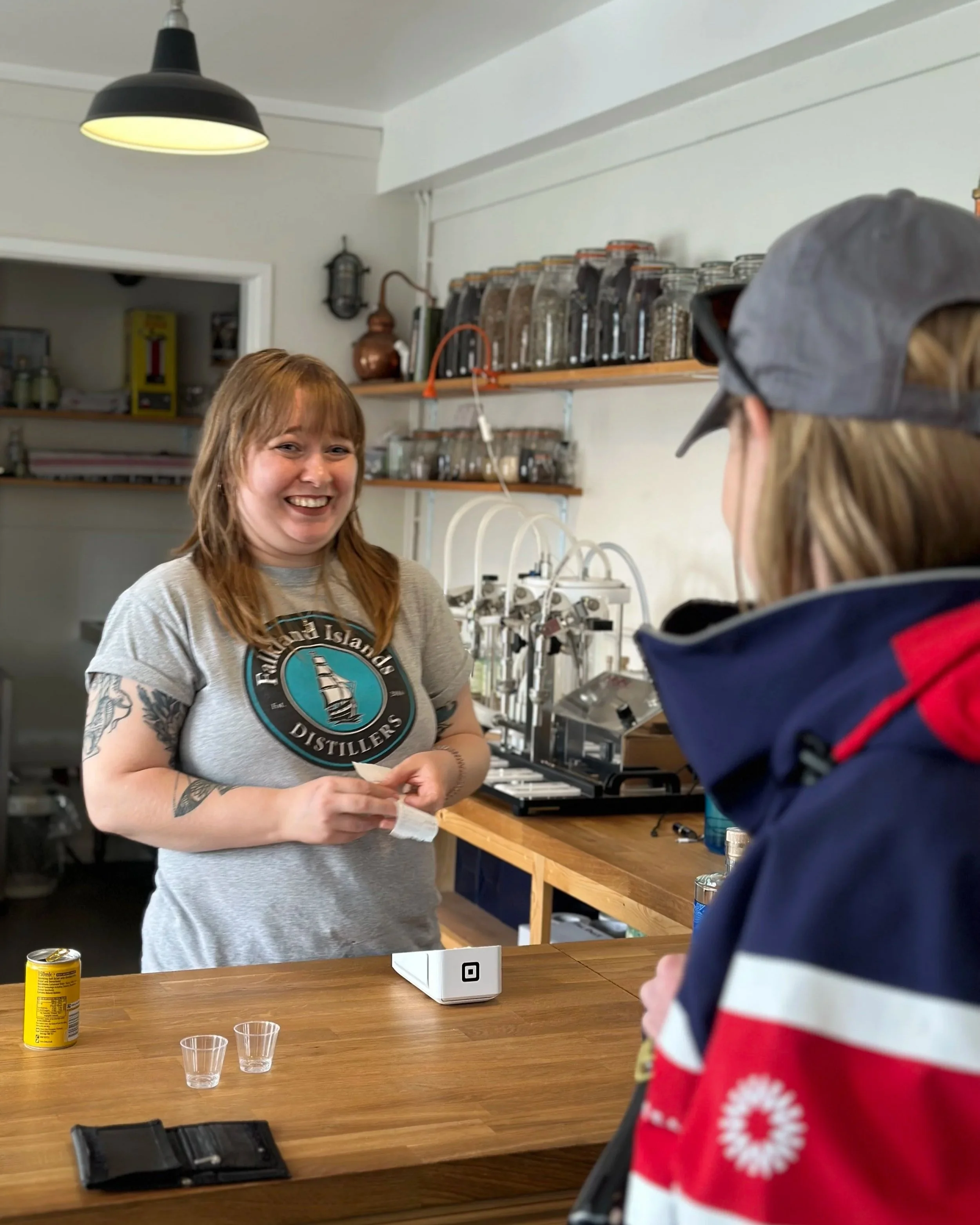
Blog
Best Kept Secrets: the Falkland Islands
in Blog Posts
How much does the average American know about the Falkland Islands?
After conducting a very unscientific poll of my dear friends—most of whom are educated and travel quite a bit—it became clear that the answer is “not a whole lot.” Some knew that there had been contention over landownership between England and Argentina, and that to Argentinians the islands are still known as Las Malvinas, but other than that I received blank stares. (Even putting this intercountry strife in writing evokes some potential tension, given the region’s long and complicated geopolitical history.)
Since Antarctica first joined our family of adventures, we knew we wanted to offer an in-depth exploration of all the region’s awe-inspiring places—because if you’re going to take the trip of a lifetime to one of the least visited places on earth, you shouldn’t return home thinking there was something you missed. From our initial visits, we found that the even-lesser-visited Falkland Islands and South Georgia Island are more than just extra days, they are marvels of their own, not to be overlooked.
Spurred by our belief that we can never have too much firsthand experience of the trips we send our guests on, we send our team to the “field” regularly to make sure everything is as inspiring, and well-designed, as ever. On our most recent trek to the southernmost continent, INCA’s vice president, Marika Roberson, took a journey on our Antarctic expedition to see what treasures and insights she could discover. Her travels did not disappoint.
After taking the overnight cruise from Ushuaia, Marika’s time in the Falklands began with a sunrise over a tundra that she described as “almost otherworldly.” The calm air and cloud cover gave her a sense of peace as she rode a skiff—a shallow, lightweight boat—to the adventure’s first landing site.
Marika’s main piece of advice to anyone experiencing the Falklands for the first time is simple: “Get to know the expedition team. Talk to them about their specific interests and what scientific projects they are working on,” she says. “If you find out who you connect with on the team from the beginning, they can bring the secrets and hidden gems of the destination to you.”
For Marika, this meant the ability to explore longer hikes to areas that are less frequently travelled. On one trek, she found a local berry called a diddle-dee, which is ripe during the Southern Hemispheres’ fall—and while wandering through a patch of these berries, she happened to encounter an adorable young penguin, away from the larger colonies that travelers see during their time in the Falklands. For Marika and her sister, Kim, who joined her on the adventure, these moments of remote solitude were the stuff of irreplaceable memories.
As much joy that exploring solo brought, it was just as much fun interacting with her fellow travelers, observing the larger colonies of birds, and getting a sense of the local culture. The first stop of the trip is to a small island called West Point, where four people run a landing site. This location brings adventurers to nests of black-browed albatross, rockhopper penguins, and striated caracaras.
“This first wildlife encounter brings the excitement levels way up as each traveler marvels at these incredible and beautiful birds in such numbers,” she says. “If only we knew how awesome the wildlife to come would be, we would know that this was only a taste of what was to come.”
The group of hikers then returned to the dock area, where a local woman served warm tea and biscuits to a room filled with the most avid travelers and expedition guides. Here, the awe of the journey began to sink in and many stories were shared.
That’s when Marika discovered her second piece of key insight: “Ask as many questions of the gracious hosts as you can. They are happy to tell you about their ways of life, and in the Falkland Islands, this is a unique conversation.”
After West Point, the cruise headed to Stanley. There, after berry-picking, Marika and Kim beelined to the Falkland Island Distillers, where the islands’ only gin makers handcraft small-batch spirits infused with local ingredients like kelp—sold only to travelers passing through. As luck would have it, the entire expedition team showed up, arms full of gifts for their loved ones.
While most of the people visiting Stanley went out to the town cafes, bars, and restaurants (which all had uniqueness and charm) the place to be for Marika was the distillery. As she mentioned, it’s always a good idea to get to know the expedition team; it will bring a trip to life in all kinds of ways. It might even lead to shared laughs over a glass of locally made gin on your way to Antarctica.
The truth is, for many people the Falklands aren’t just mysterious—they’re not even on the radar. It is a region hidden from the scope of large-scale tourism and thus has the capacity to surprise. Because of this, we ask that you keep the secrets of this article to only you and your closest friends and family. That way, we can maintain the joy of small-scale travel in a place that holds so much interest—from wildlife, to landscape, to local culture and tradition, to history and geopolitics.
We hope Marika’s insights can inspire you to embark on your own Antarctic adventure, without overlooking the incredible Falklands.
Written by Jasper Roberson-Schulz
If you’d like to take this same adventure, explore here »














